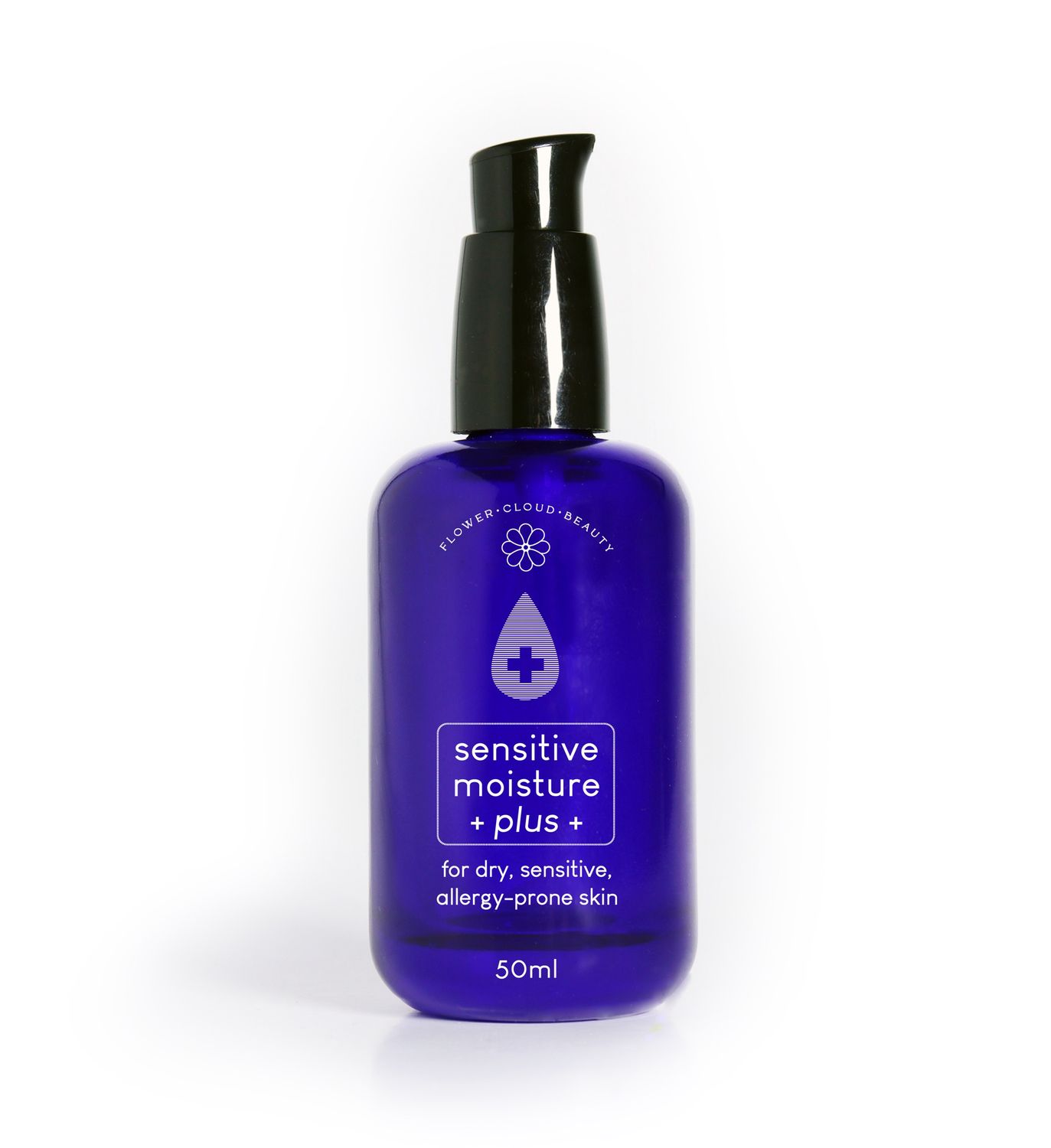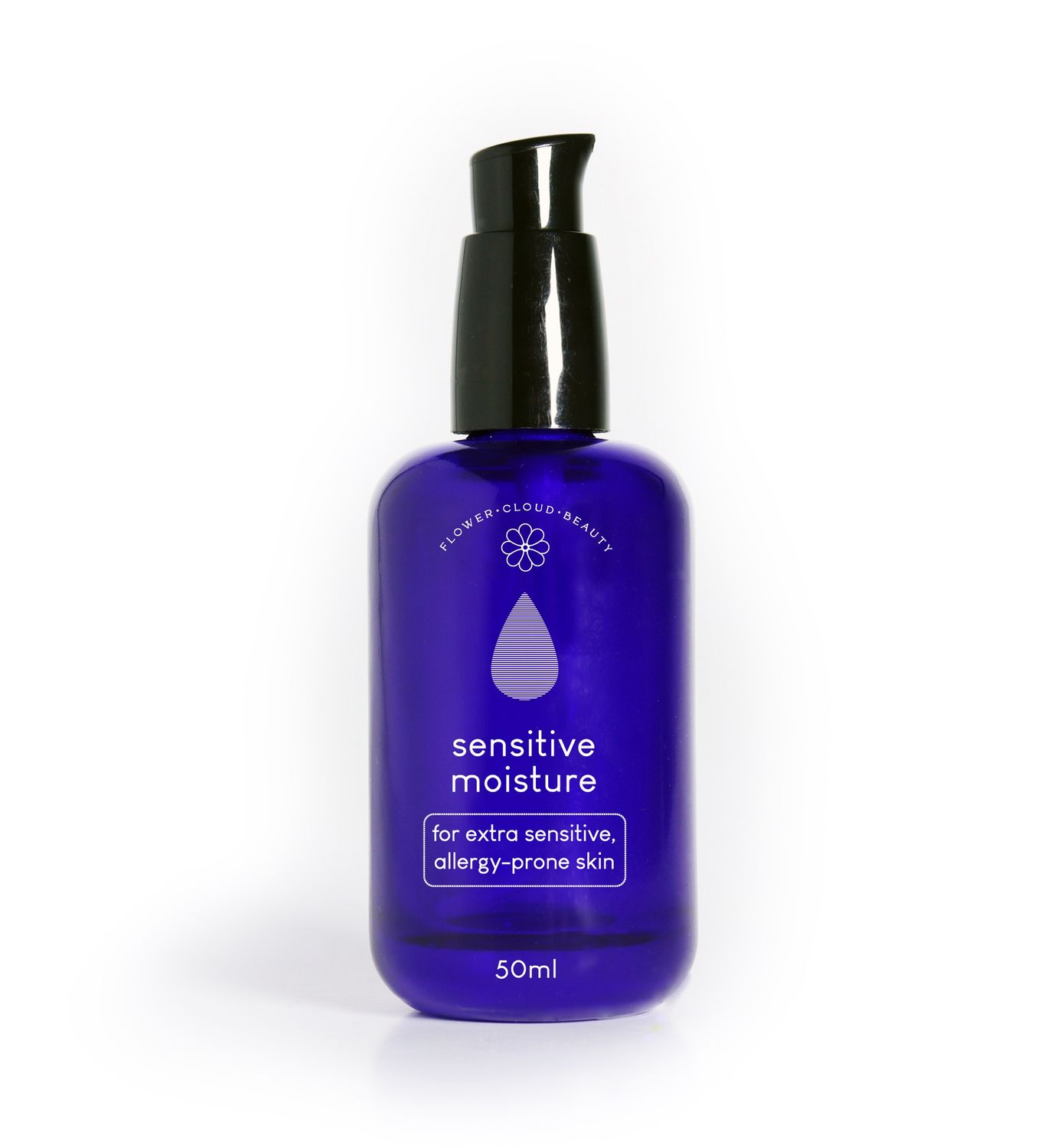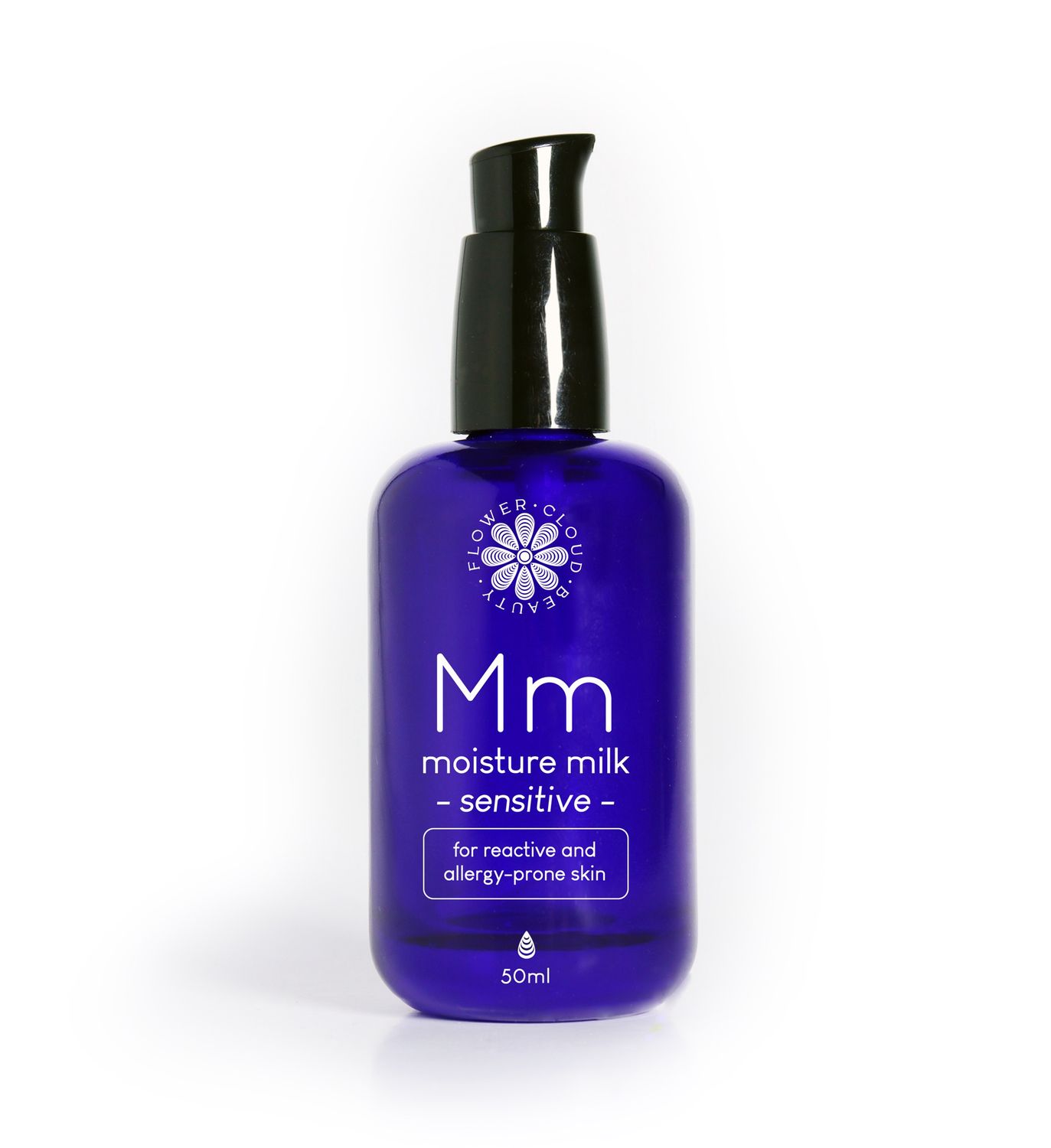all about petrolatum & mineral oil
Petrolatum & Mineral Oil: The Misunderstood Heroes of Barrier Repair
In the world of skincare, few ingredients are as effective yet as controversial as petrolatum and mineral oil. Often maligned by marketing buzzwords like "clogging" and "non-natural," these petroleum-derived occlusives are, in fact, two of the most researched, safest, and most effective moisturizing ingredients available. Dermatologists have relied on them for over a century for one simple reason: they work. Let's clear up the misconceptions with solid science.
What Are Petrolatum and Mineral Oil?
· Mineral Oil: A lightweight, purified mixture of hydrocarbons derived from petroleum. It is a lightweight occlusive agent.
· Petrolatum (Petroleum Jelly): A semi-solid mixture of hydrocarbons, essentially a heavier, more robust version of mineral oil. It is the gold-standard occlusive.
Both are highly refined and purified for cosmetic and pharmaceutical use, removing any potentially harmful impurities. They are inert, hypoallergenic, and non-comedogenic when highly refined.
The Science-Backed Benefits: Unmatched Occlusion
The primary and most valuable function of these ingredients is occlusion. They do not dramatically "moisturize" or "nourish" the skin in an active sense. Instead, they create a protective, breathable barrier on the skin's surface that is highly effective at preventing transepidermal water loss (TEWL).
1. Superior Barrier Protection and Healing
When the skin's barrier is compromised—due to eczema, dermatitis, wounds, or even just overwashing—it loses its ability to hold onto water. This leads to dryness, irritation, and inflammation. Petrolatum is the most effective ingredient available to prevent this water loss.
· Gold-Standard Efficacy: A landmark study in the Journal of the American Academy of Dermatology tested multiple moisturizers and found that petrolatum was significantly more effective than all other products tested at reducing TEWL. It outperished lanolin, dimethicone, and numerous commercial moisturizers [1].
· Wound Healing: By creating a moist wound environment, petrolatum protects healing skin and has been shown to support the skin's natural repair process. It is a staple in post-procedure care and for treating minor cuts and burns.
2. Hypoallergenic and Safe for Sensitive Skin
Despite popular belief, highly refined petrolatum and mineral oil are among the least likely ingredients to cause allergic reactions or acne.
· Non-Comedogenic Testing: The infamous rabbit ear assay from the 1970s, which wrongly labeled mineral oil as comedogenic, used industrial-grade, unpurified oil. Highly refined mineral oil has been consistently shown in human studies to be non-comedogenic (rated 0 on the comedogenicity scale) [2].
· Dermatologist Recommended: Their inert nature makes them ideal for the most sensitive skin conditions, including eczema in infants and adults. The National Eczema Association includes them in its list of approved ingredients.
3. Enhancing Penetration and Efficacy
Petrolatum's occlusive nature can enhance the efficacy of other ingredients. By hydrating the stratum corneum (the outermost layer of skin), it can improve the penetration of active ingredients applied underneath it, making them more effective.
Dispelling the Myths: "Clogging Pores" and "Suffocating Skin"
· Myth: They clog pores.
· Fact: The molecules in highly refined petrolatum and mineral oil are too large to penetrate pores. They sit on the surface of the skin. The American Academy of Dermatology states that they are non-comedogenic and will not clog pores.
· Myth: They prevent skin from "breathing."
· Fact: Skin does not breathe with lungs; it receives oxygen from the blood, not the air. Occlusives like petrolatum do not interfere with this process. They are also not completely impermeable; they allow for the exchange of gases like oxygen.
· Myth: They are "bad" because they are derived from petroleum.
· Fact: The refinement process ensures they are pure and safe. As one review aptly put it, "The source of a material does not predict its safety; its chemical structure and purity do." Many life-saving pharmaceuticals are derived from petroleum.
Petrolatum vs. Mineral Oil
· Petrolatum: The heavier, more powerful occlusive. It is the best choice for extremely dry, cracked, or compromised skin (e.g., on heels, elbows, or for those with severe eczema).
· Mineral Oil: A lighter, more spreadable occlusive. It is often found in baby oils, facial oils, and lotions where a less greasy feel is desired. It is excellent for preventing dryness without a heavy feel.
How to Incorporate Them Into Your Routine
These ingredients are foundational, not active. They are best used as the final step in a routine to seal everything in.
· For the Face: Apply a thin layer of pure petrolatum (like Vaseline®) or a mineral oil-based product over your moisturizer at night to supercharge hydration. This is known as "slugging."
· For the Body: Apply to damp skin after a shower to lock in moisture. Use on hands, feet, and elbows to prevent and treat severe dryness.
· For Healing: Apply to minor cuts, scrapes, and burns to protect the area and create an ideal healing environment.
The Bottom Line
Petrolatum and mineral oil are not glamorous, but they are arguably two of the most effective skincare ingredients ever developed. Decades of dermatological research confirm their unparalleled ability to protect and heal the skin barrier, their exceptional safety profile, and their non-comedogenic nature when purified. In a market saturated with complex and expensive formulas, sometimes the simplest, most proven solutions—backed by a century of science and clinical use—are the most powerful.
---
References
[1] Ghadially, R., Halkier-Sorensen, L., & Elias, P. M. (1992). Effects of petrolatum on stratum corneum structure and function. Journal of the American Academy of Dermatology, 26(3), 387-396. [This seminal study directly measured TEWL and demonstrated that petrolatum is uniquely effective at restoring barrier function and hydration, outperforming all other materials tested.]
[2] DiNardo, J. C. (2005). Is mineral oil comedogenic?. Journal of Cosmetic Dermatology, 4(1), 2-3. [This review article critically examines the historical data on mineral oil and comedogenicity, concluding that highly refined mineral oil is non-comedogenic in humans and its bad reputation is based on flawed animal studies.]
[3] Kraft, J. N., & Lynde, C. W. (2005). Moisturizers: what they are and a practical approach to product selection. Skin Therapy Letter, 10(5), 1-8. [This practical guide for clinicians reviews the categories of moisturizers and firmly establishes petrolatum as the most effective occlusive agent, recommending it for conditions like eczema and xerosis.]
Disclaimer: This blog post is for informational purposes only and does not constitute medical advice. While petrolatum and mineral oil are generally considered safe and non-comedogenic, individual reactions can vary. Always patch test new products. For persistent skin conditions, consult a dermatologist.



